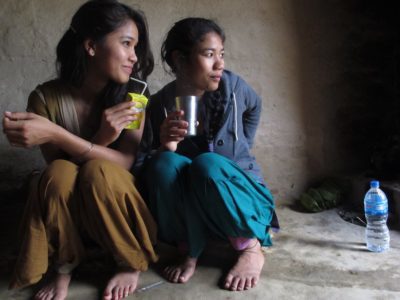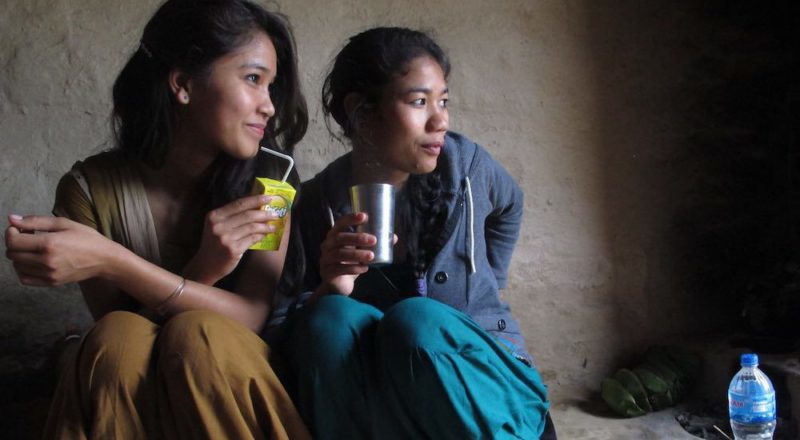REVIEW: ‘Urmila’ follows Nepalese woman on quest to stop slavery

Urmila: My Memory Is My Power, the new documentary that screened at the recent Margaret Mead Film Festival, follows the challenges and triumphs of the title character as she tries to have her country stop slavery once and for all. Urmila Chaudhary knows the slave trade in Nepal all too well; she was sold into slavery at the age of 6. Her memories from that horrible ordeal drive her to help other young women in the country.
Susan Gluth’s documentary is a touching and poignant profile of a strong, strong woman. What Urmila does in her country — everything from protesting on the streets to lobbying government officials — is difficult and bears only small advances for the greater cause. However, she is determined to put a face on the plight of these young women and save every last one of them.
Her efforts are recognized by the Oslo Freedom Forum, and her story becomes a rallying cry for others around the world. One man in the movie lets Urmila know that people in her position sometimes go on to win the Nobel Peace Prize.
Some of the scenes in the film are startling. Early on, Urmila and her activist organization board a van to question a young girl who they suspect is being held against her will. They bring her into the organization and promise her protection. The drive and determination on display are obvious; there was no way Urmila was going to leave that van without the girl by her side.
Other times the documentary focuses on the main subject’s difficulties in passing her exams for a hopeful career as a lawyer. She has learned English but struggles with formal instruction and test taking. Her sponsor, a man who comes to visit and try to inspire her, tells Urmila that she needs to choose between a life of politics or a life of legal studies. The uncertainty surrounding the decision keeps Urmila thinking about the future and where her efforts are best served.
The access to Urmila and her story are all-encompassing. Gluth is able to capture her subject not only at the ministers’ offices in Kathmandu but also in Norway and around her apartment. Some scenes, simple yet effective, show Urmila enjoying time with her friends, lost in deep thought and trying to reason with a professor on restarting her educational career. It almost seems like the director moved in with Urmila to document reality.
Some of the best cinematic profiles are the ones able to mold together both the personal and professional. Urmila is not simply an activist to end slavery in Nepal. She’s a character in a larger story of life and dedication. After spending nearly 90 minutes with her, the audience is not only made aware of the issues she is so desperately fighting for but also Urmila herself.
By John Soltes / Publisher / John@HollywoodSoapbox.com
Urmila: My Memory Is My Power (2016), directed by Susan Gluth, recently played the Margaret Mead Film Festival at the American Museum of Natural History in New York City. Rating: 


 Click here for more information.
Click here for more information.

